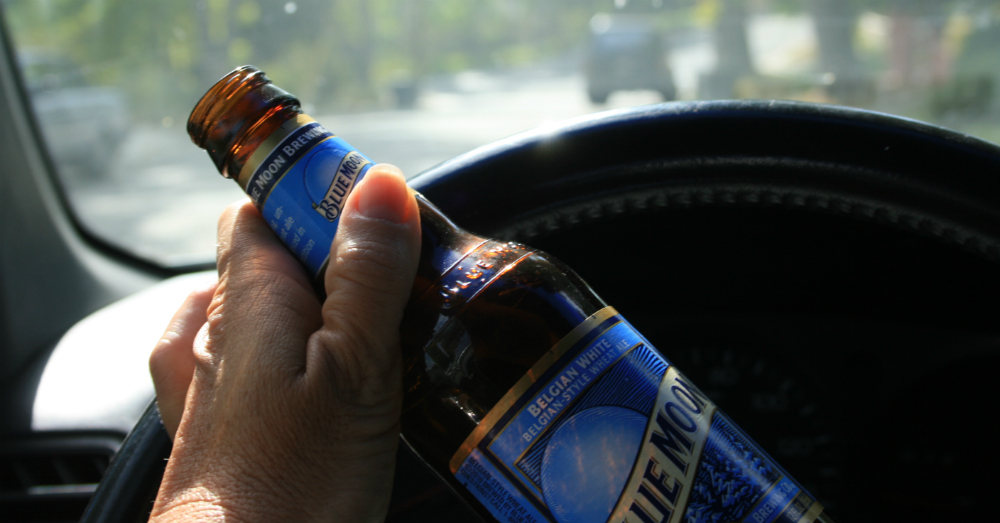Getting behind the wheel of a car, truck, SUV or van after having a few too many is always stupid and the wrong decision, no matter the logic behind the decision to drive may be. Far too often we see victims of drunk driving accidents which were innocently driving their vehicles down the road when the impaired driver hit them causing permanent injury, death and a vast amount of property destruction when the collision occurred. There has to be a way to keep people from getting behind the wheel when they are drunk before they head out on the road.
We know there are retroactive systems that can be put in place and in some cases are required for those who have already have been found guilty of Driving Under the Influence in numerous cases, but when are we going to get ahead of this problem? Putting an ignition lock breathalyzer in the vehicle of someone who has already had too many DUIs is fine to stop what has already been a bad habit, but for the unlucky ones who have been in accidents with these drivers, a more proactive approach would have benefited them.
Systems in Place
Currently the National Highway Traffic Safety Administration (NHTSA) is in partnerships with Autoliv and Takata to develop the Driver Alcohol Detection System for Safety (DADSS). This system is a two part detection system that is less obtrusive than the one required by guilty drunk drivers to put on their vehicles. These systems will use laser scans of the skin and the air to detect the amount of alcohol the driver has in their system. When these systems detect anything over the legal limit the vehicle will fail to start, disallowing this driver from causing harm to others because of their poor judgement.
These systems are currently being presented to Congress and Mothers Against Drunk Driving to help us stop drunk driving before it happens with a system to register the alcohol content. With these systems in place drivers will still be able to enjoy a drink at dinner or after work, but those who are determined chemically to be impaired will be un able to drive their vehicles. Unlike the helmet laws that were repealed in some states years ago, an alcohol detection system is more about saving lives of others rather than limiting the freedoms of one driver to make a really stupid choice which can put others in harm’s way.
The development of this system through testing and implementation is expected to take nearly five years, but at the end of that time, the NHTSA expects to be able to rush this system to production in order to have it placed in as many vehicles as possible. Eventually, this system should become standard on every vehicle manufactured and at no increase in price to the consumer. This is a system that is long overdue being developed and needs put in place to help keep other drivers safe on the road when the impairment of one could potentially cost the lives of many.
This post may contain affiliate links. Meaning a commission is given should you decide to make a purchase through these links, at no cost to you. All products shown are researched and tested to give an accurate review for you.


